Photos: The Berlin Wall Through Time
The Berlin Wall

The Berlin Wall divided the German city from 1961 until 1989. It became a symbol of the deep political divisions that split Europe between the so-called capitalist West and the Communist East. The wall across Berlin was an ideological and physical barrier — and often a deadly one.
Across Germany

A guarded inner border that split Germany into two parts had been in place since the end of World War II. The United States and the wartime allies that later formed NATO militarily controlled the West, while the Soviet Union controlled what came to be East Germany.
The inner border was fortified by East Germany after 1952, as the ideological Cold War between the West and the East deepened.
East and West

The wartime German capital city of Berlin was divided into four sectors, which were controlled by the United States, Britain, France and the Soviet Union. After the inner German border was strengthened in 1952, Berlin became the main route for Germans leaving the Soviet-controlled East — an estimated 3.5 million people by 1961.
The Wall Goes Up
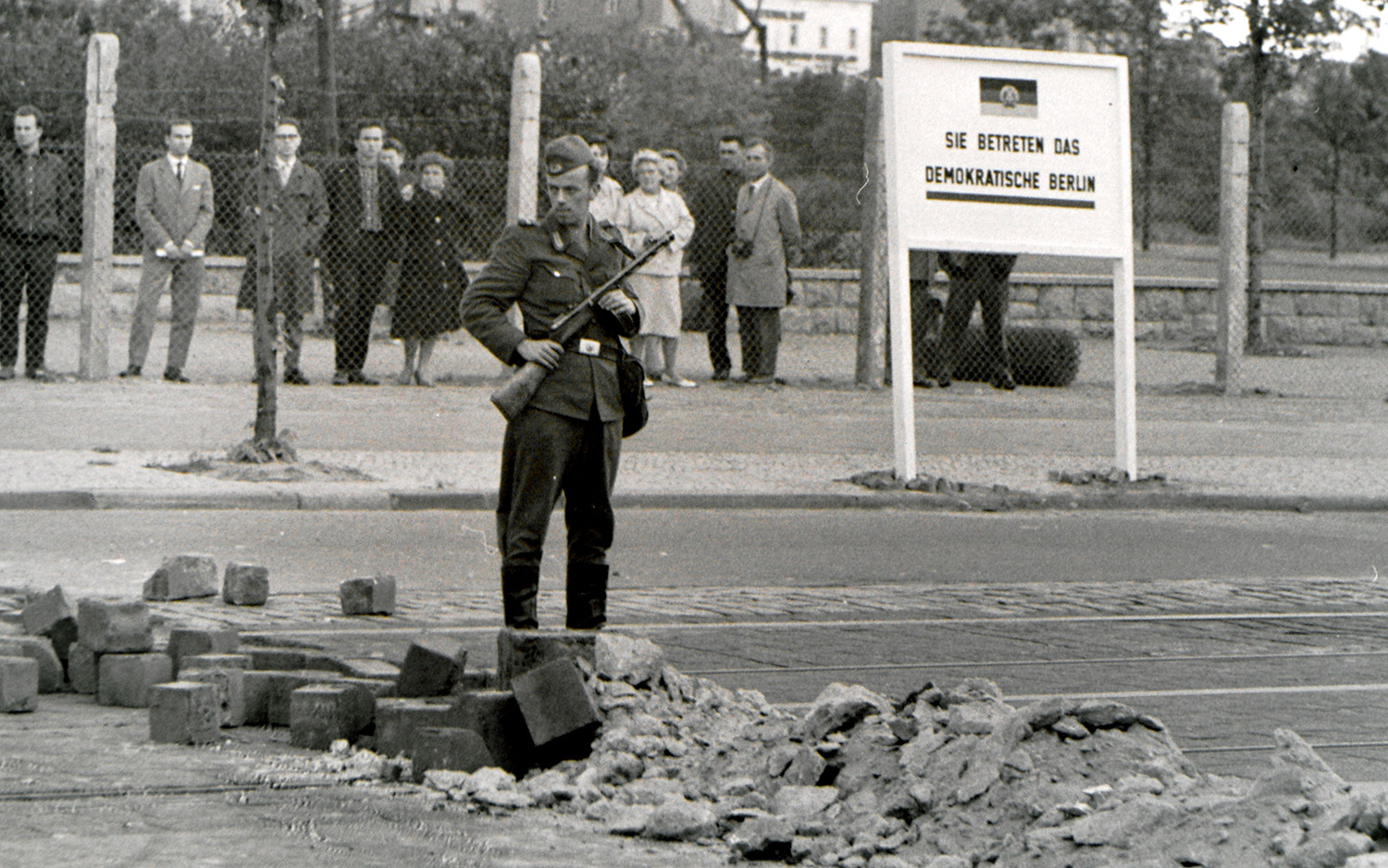
East German soldiers and police started to build the main barrier of the Berlin Wall around the western-controlled sectors of the city on Aug. 13, 1961, during what was called the Berlin Crisis — a military standoff between U.S. and Soviet forces.
The East German government claimed the wall was an “antifascist bulwark” to keep western agents from entering East Berlin, but it was mainly to stop mass defections from East to West.
Divided City

The Berlin Wall ran for about 100 miles (160 kilometers) around the western parts of the city, and it was put in place without regard to the people who lived there.
Get the world’s most fascinating discoveries delivered straight to your inbox.
This photograph from 1962 shows a family in the western sector waving to relatives in East Berlin, across a heavily barricaded fence that formed part of the wall.
Strengthening the Wall
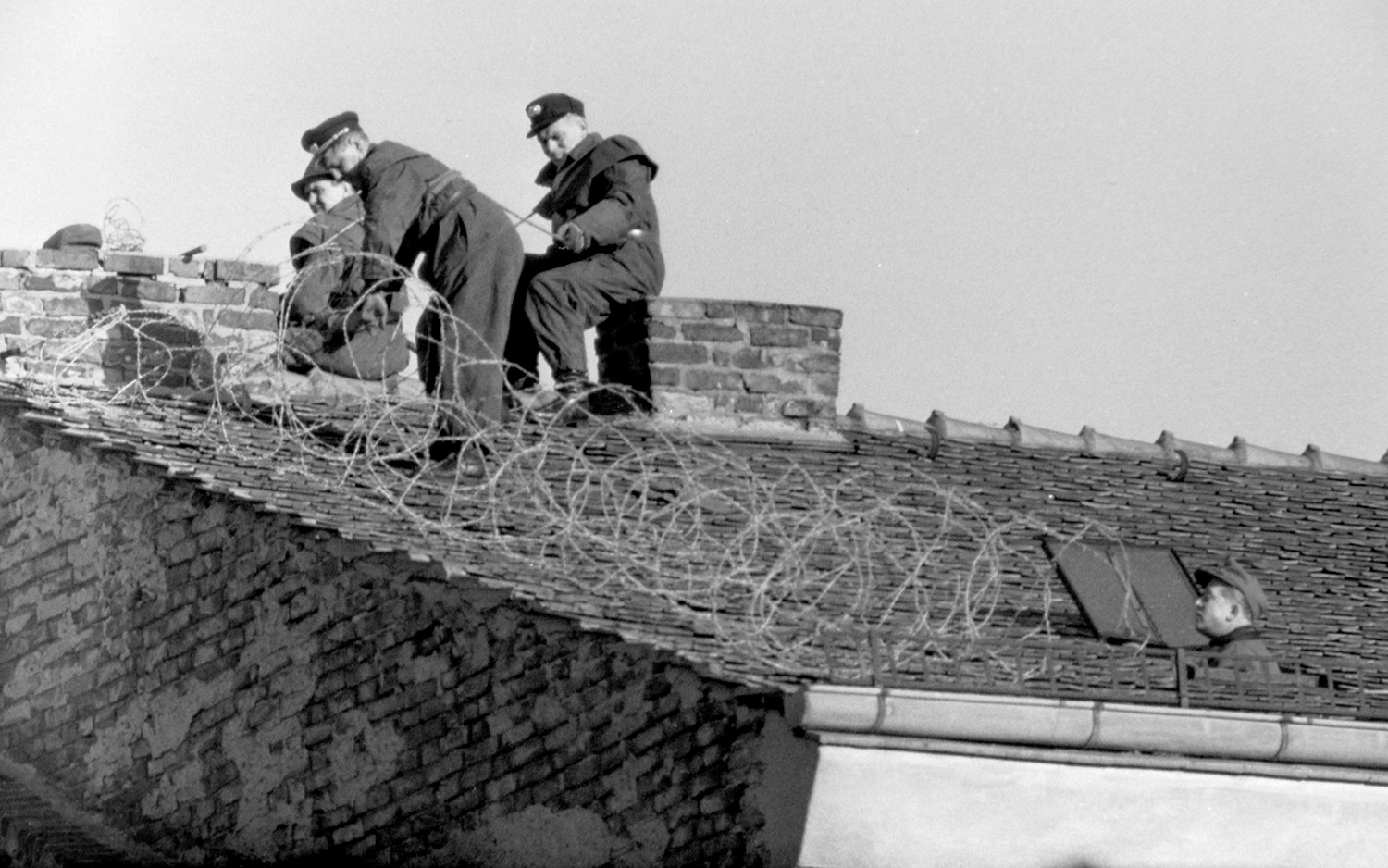
East Germany strengthened the border that divided Berlin until it became an almost impenetrable barrier around the western parts of the city. In March, much of the central city it consisted of tall brick and concrete fences topped off by barbed wire. Here soldiers secure the border at Bernauer Strasse, adding barbed wire to roofs.
Checkpoint Charlie
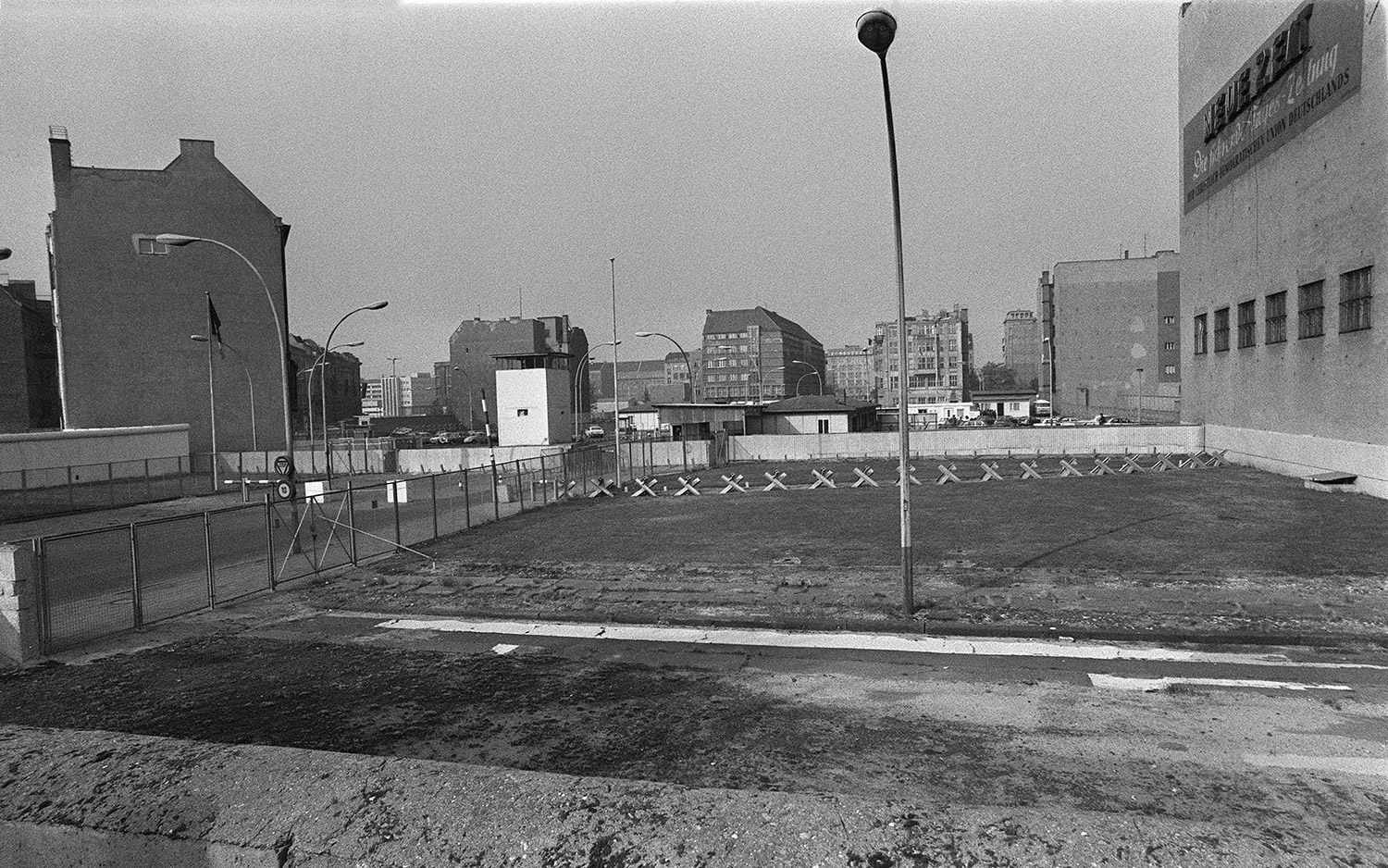
Officially, the Berlin Wall had 29 checkpoints where some vehicles could cross, on official business or to carry approved goods, as well as trains, canal boats and even garbage trucks. The most famous Berlin Wall crossing was Checkpoint Charlie, near the center of the city
Shot and Killed
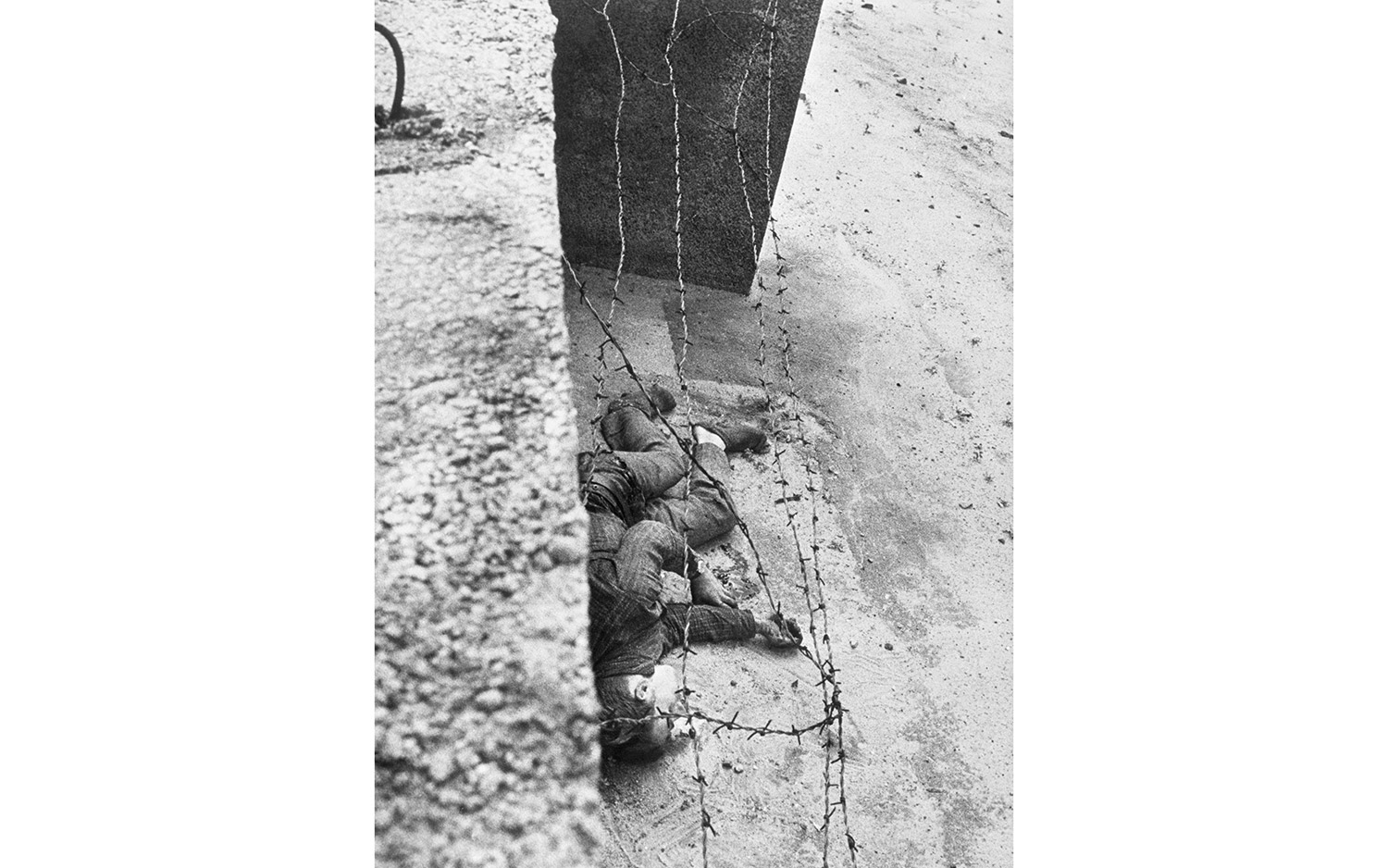
No one is known to have ever tried to escape from West Berlin into East Berlin, but an estimated 5,000 people tried to escape from the East to the West. More than 80 people were killed trying to cross the wall, including the 18-year-old Peter Fechter, shown here, who was shot by East German border guards in August 1962.
Schumann’s Jump

One of the most daring escapes over the Berlin Wall was by an East German border guard, Conrad Schumann, in 1962. Schumann was one of than 600 East German border guards who defected from the East to the West across the Berlin Wall.
Through the Wall
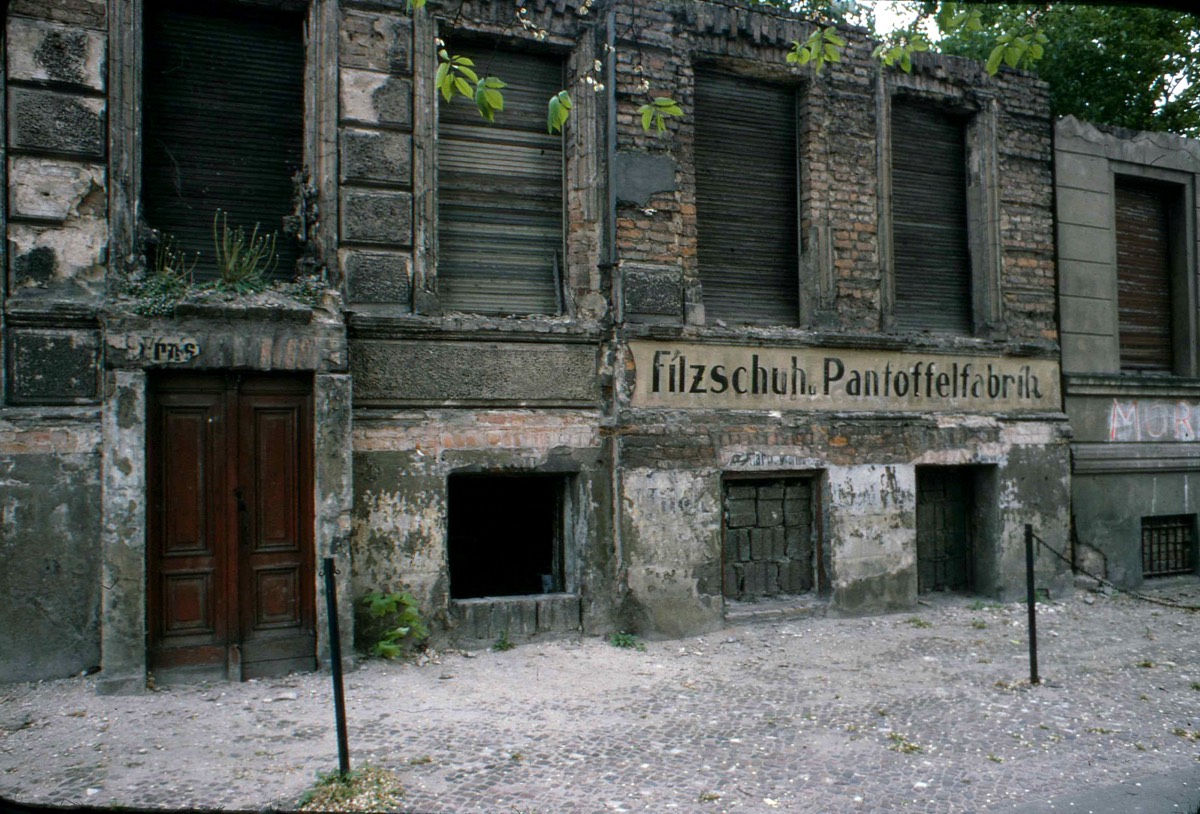
Thousands of other people tried to flee from East Berlin through some of the buildings that stood along the Berlin Wall. Houses at Bernauer Street, near the center of the city, were bricked up or demolished by East Germany to prevent people using them to escape.
Death Strip

By the 1970s, the Berlin Wall had become known as a “death strip” around the western parts of the city. It was defended by armed border guards, steel and concrete fortifications, landmines, barbed wire, trenches and tank traps.
Wall Falls
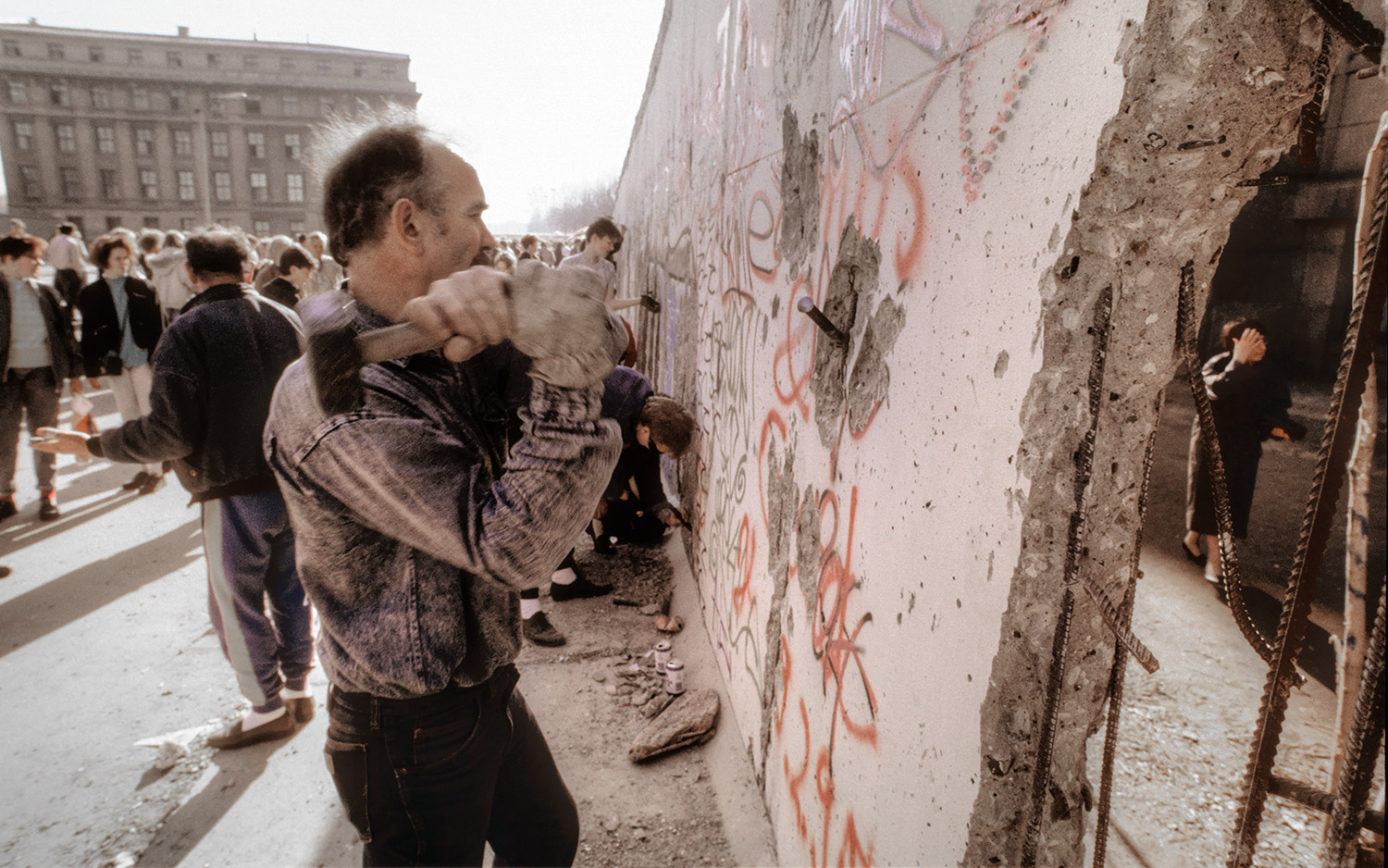
East Germany began to fall in May 1989, as part of the collapse of the Communist Eastern Bloc in Europe in the late 1980s and early 1990s. In early November 1989, the faltering East German government gave into popular protests and lifted its travel restrictions to the West. On Nov. 9 that year, cheering crowds started to dismantle the Berlin Wall across the city.
Germany Reunified

East Germany cast off its ties to the Soviet Union and was reunified with West Germany in 1990. Today, very little of the Berlin Wall remains in place, except in a memorial park maintained by the Berlin Wall Foundation, which researches and documents its history.
Tom Metcalfe is a freelance journalist and regular Live Science contributor who is based in London in the United Kingdom. Tom writes mainly about science, space, archaeology, the Earth and the oceans. He has also written for the BBC, NBC News, National Geographic, Scientific American, Air & Space, and many others.


